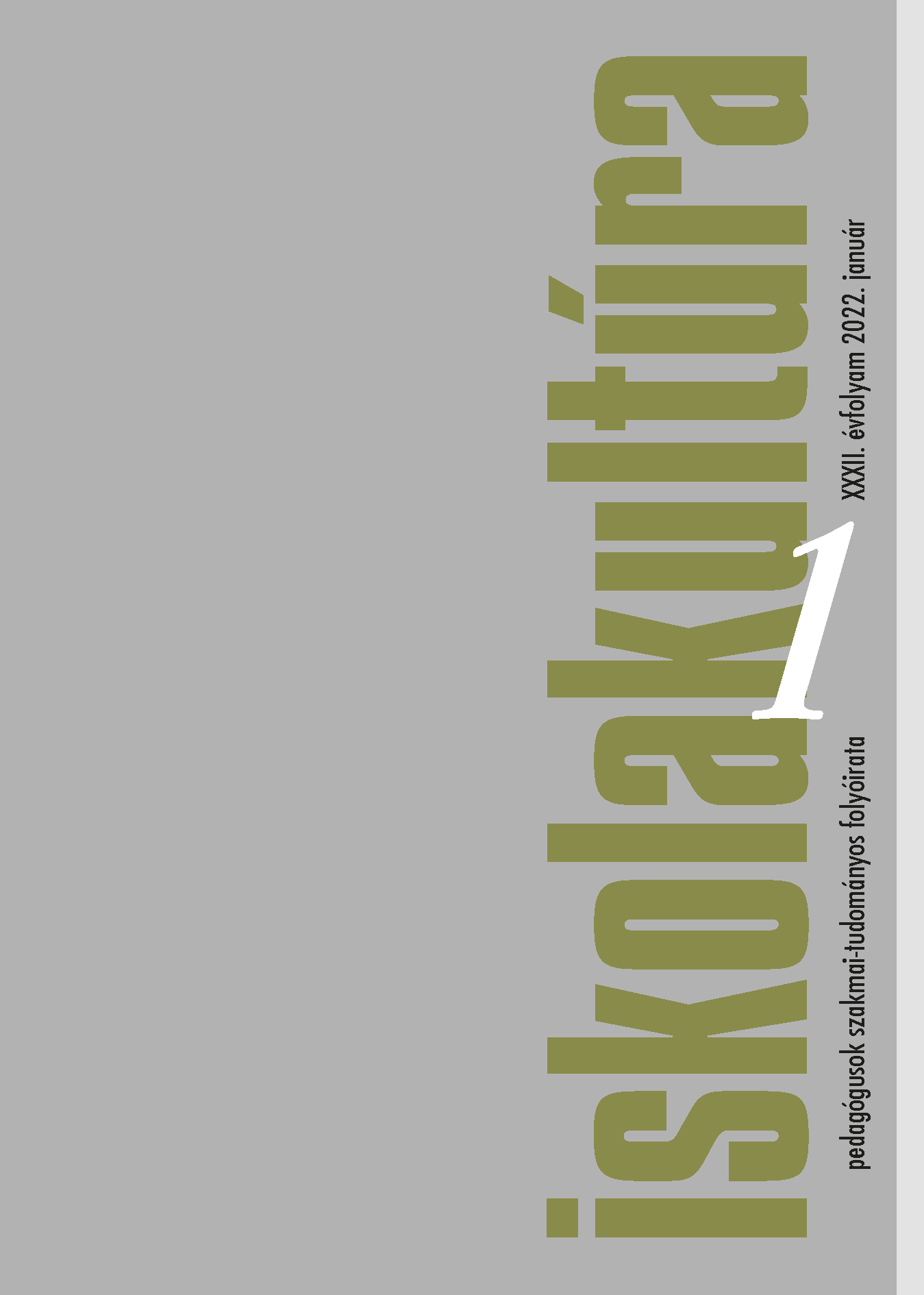Decrease in the number of applicants in higher education and the changes of application requirements in one year's perspective
Main Article Content
Abstract
The study examines the development of university applications in Hungary between 2015 and 2021 based on macro-level statistical data. The analysis focuses primarily on how different segments of tertiary education were affected by the decline in applications in 2020 and whether it was possible to halt or reverse the negative trend in 2021. The study revolves around whether some associations indicate that the tightening of the admission procedure and institutional transformations may have played a role in the decline of tertiary education applicants after 2019. The results are not suitable for mapping individual-level decision-making mechanisms or drawing causal conclusions, but they do suggest that the new statute contributed to the decline in the number of applicants. The decline in applications was particularly significant at the entry levels of higher education, in the case of bachelor and integrated (one-tier) programs, and more severely at programs with a generally lower entry threshold. Data at the micro-regional level suggest that the decrease in applications is accompanied by an increase in territorial inequalities. In light of all this, it may be worthwhile to assess the factors that determine the further education decisions of secondary school students, especially with regard to the relationship between family background and the impact of statutory changes on an individual level.

